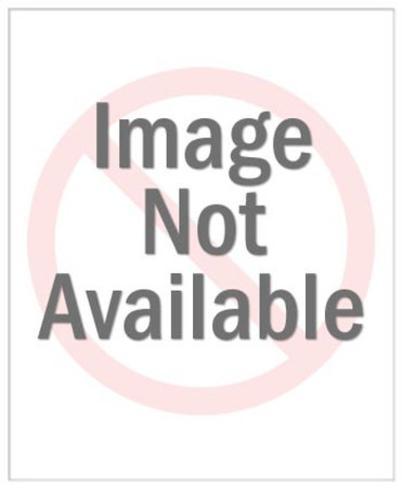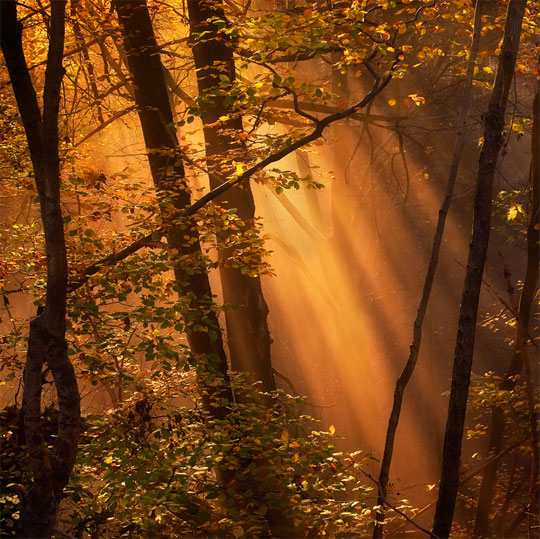Lighting and colour is an important convention as it can be
used in many ways to create different moods and feelings in thriller movies
lighting and colour can create suspense and thrill and used to highlight the
importance of the scenes. Lighting helps to convey mood and atmosphere in a
scene/film. It can also guide the audience’s attention to a particular object,
person, emotion or gesture.
Lighting can be used to cast shadows, build tension and
suspense.
Under lighting- Light comes from below the person. This
tends to have a distorting effect on the character. The under lighting creates
sharp shadows on the characters face which makes the audience feel more uncomfortable
about the character.

Top lighting – Lighting comes from above. Highlighting the
features of a character often creates a glamour look in a character. The top
lighting has been used in this scene of the dark knight when Bruce Wayne is
trapped in a hole; the top lighting suggests that he needs help.
Back lighting – Light source is behind the person, if little
or no light is used, silhouettes are created. The back lighting does focus on
the facial expression only on the body language on the scene for example in
this one it emphasis batman looking down this could suggest him looking down to
Gotham city

Low-Key – The lighting is dark with small areas of light, which also creates shadows.In
this picture low key lighting has been used. the lighting is dark however, small areas of the skeletons head have light which created shadows. This could make the audience feel uncomfortable as they can’t completely see whets going on, only in brief parts which would create suspense.

High- key lighting – Lighting appears more natural however, clearly brighter than natural.High- key lighting can be used in thrillers to show the innocence of the victims in contrast to the antagonist.
Natural lighting – When no lighting has been added, it is what you expect to see.
This is an example of natural lighting. We can clearly infer
this as the colour is what we would expect it to be as the sunset shine is
hitting through the branches of the trees creating the yellow effect. Natural
light can be used in thrillers whilst showing the midnight sky moon.

Colour in scenes can be used for many reasons creating lots
of different effects and interpretations to the scene.

The most common used colour in thrillers is red. This is one
of the most obvious colours to use as it refers back to many interpretations such
as blood, danger, alertness and warning. For example the Red misty sky in this
image creates a mysterious effect and makes the audience feel dark and gloomy
whereas if the sky was blue we would infer that it’s a happy scene.
Similarly, another most common used colour is black. For
example in this scene the antagonist (scream) is wearing black as it represents
death and darkness and creates suspense and tension. Another example would be a
dark hallway as the audience would wonder what’s going on as anything could pop
up to the scene at any second.
Furthermore, both of these colours are conventional to
thrillers for these reasons.

The Dark Knight - The Joker's Final Scene (1080p)
conventional to thrillers. During this scene many examples
of high and low key lighting has been used. For example whilst making a
decision in the boat whether to destroy the other boat high key lighting has
been used to show that the man done the right thing by throwing it out the
window and showed that he’s a good hearted person. However, in contrast to this
whilst the joker and batman was fighting a lot of low key lighting was used to
cast shadows on both of the characters faces this created suspense for the
audience as they wanted to know what was going to happen between the two and
how it was going to be resolved.
In conclusion the types of lighting and colours I’m planning to use in
my thriller are black and red, low key lighting, back lighting and under
lighting as they all create the effect of suspense and always keep a tensional
bond between the audience and the film.
Sezer, good ideas here and you provide some accurate definitions with mostly accurate examples to support your work. You state what colour/lighting you plan to use in your thriller and also comment on why.
ReplyDeleteTo improve;
-your image example looks like it is under lighting due to the shadows casted on the face rather than top lighting, change this please
-diffrentiate between lighting angles and types of lighting
-when you discuss colour in scenes, what other colours apart from red can be associated with the thriller genre and why?